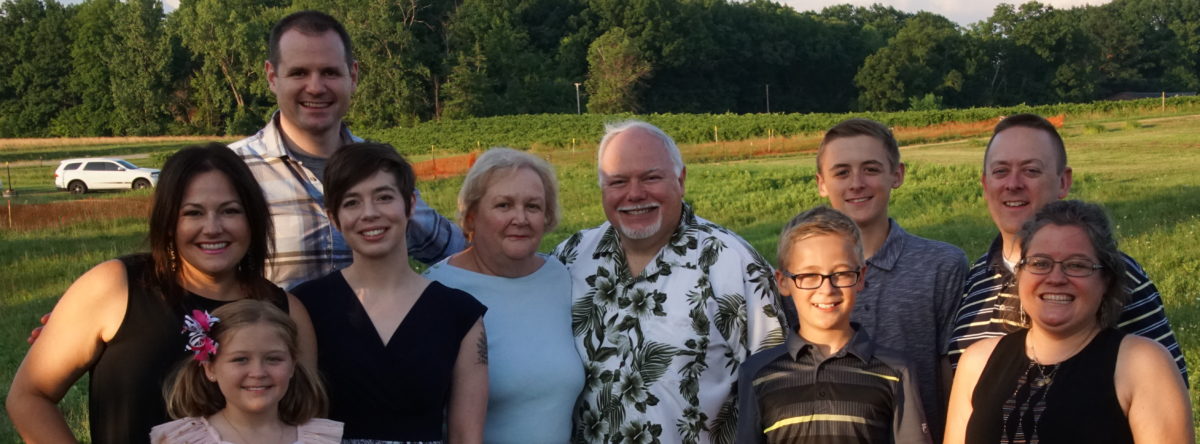I returned Tuesday from eight days in San Diego, scene of the 147th Annual Meeting of the National Education Association.
NEA, with 3.2 million members, is the nation’s largest union. It holds its Annual Meeting over the Independence Day holiday every year in a variety of cities, returning to Washington in Presidential election years. The Annual Meeting typically brings together 15K-17K people; as a staff member, I am part of that number, but I am not a voting delegate.
The most remarkable feature of the Annual Meeting is the Representative Assembly. Every local within NEA is eligible to send a delegate to the RA, either on its own or (in smaller locals) by clustering with other locals, and members also elect some at-large delegates. The result is that the Representative Assembly typically runs between 9K and 10K voting delegates, making it the world’s largest deliberative assembly: think of the Republican and Democratic National Conventions combined, and then add 50% more delegates.
Unlike those venerable conventions, however, where state delegate chairs control who speaks, every NEA delegate is free to speak on any issue. (Fortunately, most do not. If every delegate spoke for two minutes even once, we’d be there for 300 hours!) So in addition to being the largest deliberative assembly in the world, it is also among the world’s most open.
(Although NEA is frequently painted as a liberal force, its members are far more evenly arranged along the political spectrum than its critics consider, and the delegates reflect that. Virtually every ideological movement is represented at the RA: at least two educators-for-life groups had space in the 2009 exhibit hall, and the wacky creationists had a booth there. Every year the Peace and Justice Caucus collects liberal social issues as if they were rare shells and then shows off their collection by advocating those issues as New Business Items and Legislative Amendments. Like the educators they represent, most delegates are more pragmatic than the extremes; most proposals from the ends of the spectrum lose.)
This year, NEA made an attempt to modernize its proceedings with some technological advancements. Many of the proceedings are posted on YouTube, and one of my favorites (which I had to miss because I had some NEOEA business to do during the RA) is the farewell speech of Bob Chanin, NEA’s longtime General Counsel. Chanin’s work with NEA began just as teacher unionism was heating up, and his 25-minute talk is an entertaining look at the past, present, and future of that movement. I recommend seeing it, and if I’ve done it right the YouTube version should appear here.
Some great quotes: on NEA’s decision to become a union, “NEA concluded that teaching is not akin to the clergy, that it is not unprofessional, unethical, or immoral for teachers to make a living wage, for teachers to have adequate fringe benefits, and most importantly, for teachers to have a voice in determining the conditions under which they spend every day of their working lives.”
On the opposition that NEA attracts from public-school critics: “The bad news (or, depending on your point of view, the good news) is that NEA and its affiliates will continue to be attacked by conservative and right-wing groups as long as we continue to be effective advocates for public education, for education employees and for human and civil rights.”
On the balance between education reform and union issues: “NEA and its affiliates are effective advocates because we have power, and we have power because there are more than 3.2 million people who are willing to pay us hundreds of millions of dollars in dues each year because they believe that we are the unions that can most effectively represent them: the unions that can protect their rights and advance their interests as education employees. This is not to say that the concern of NEA and its affiliates with closing achievement gaps, reducing dropout rates, improving teacher quality, and the like, are unimportant or inappropriate. To the contrary, these are the goals that guide the work we do. But they need not and must not be achieved at the expense of due process, employee rights, and collective bargaining. That simply is too high a price to pay.”
